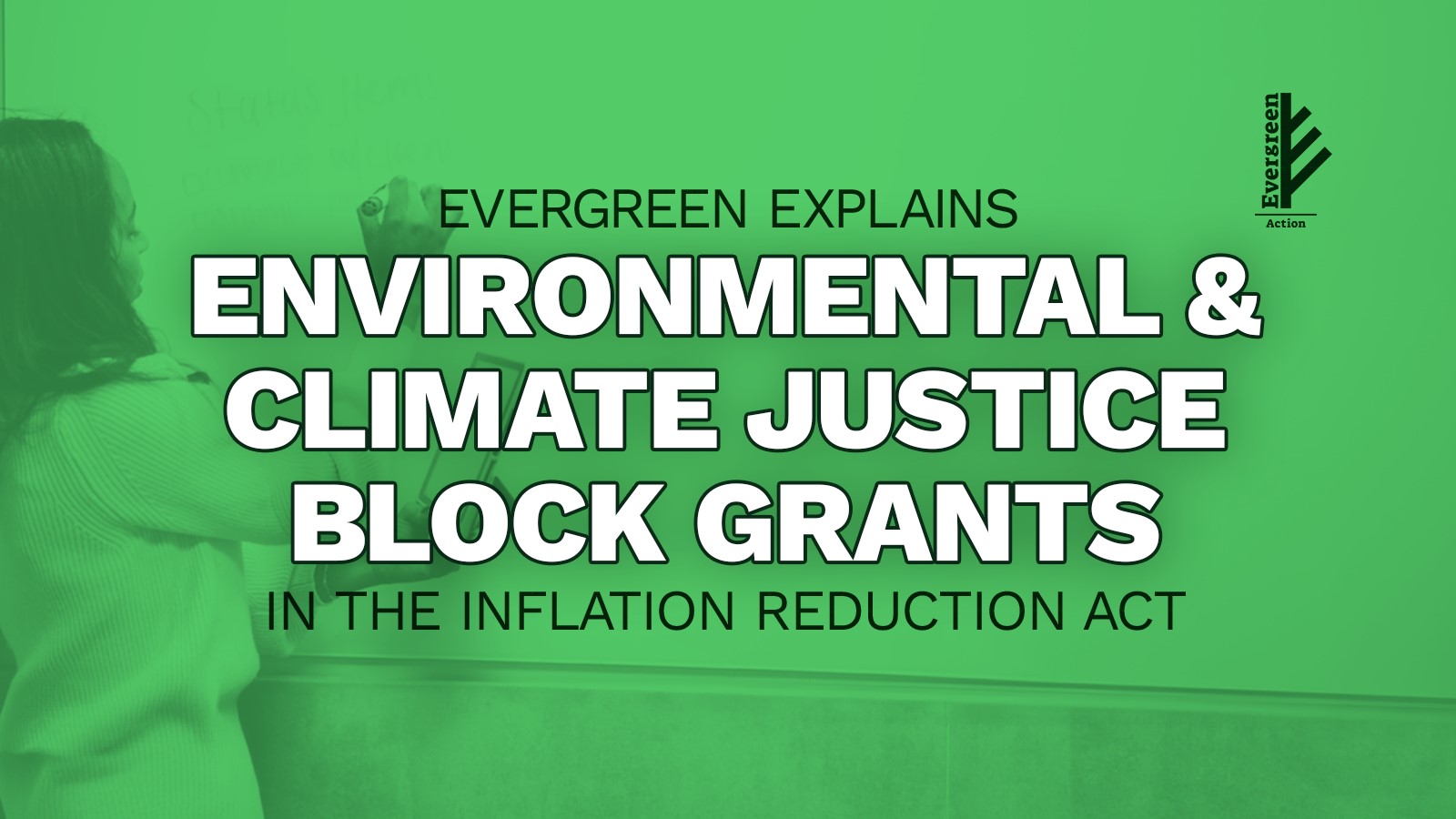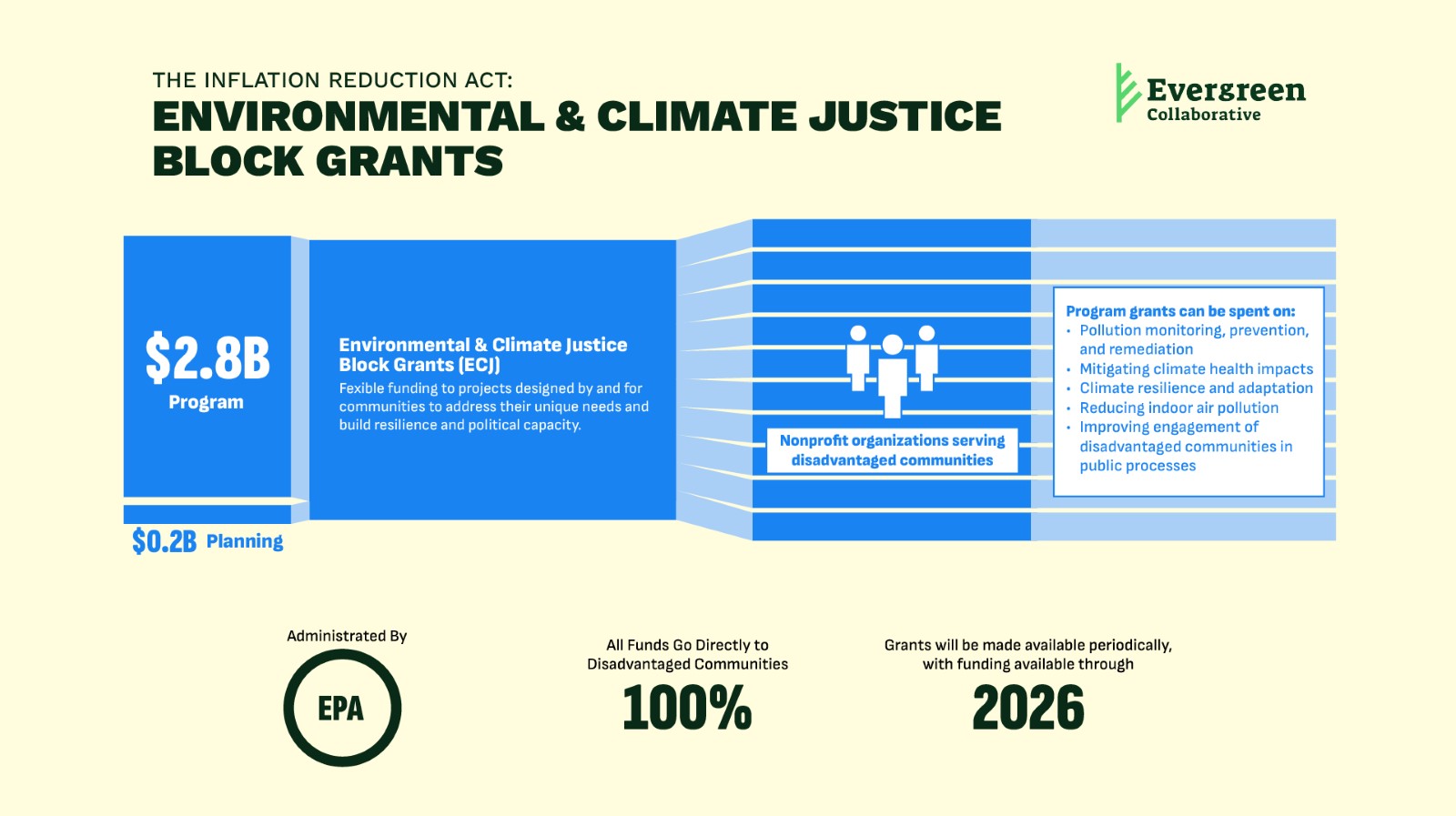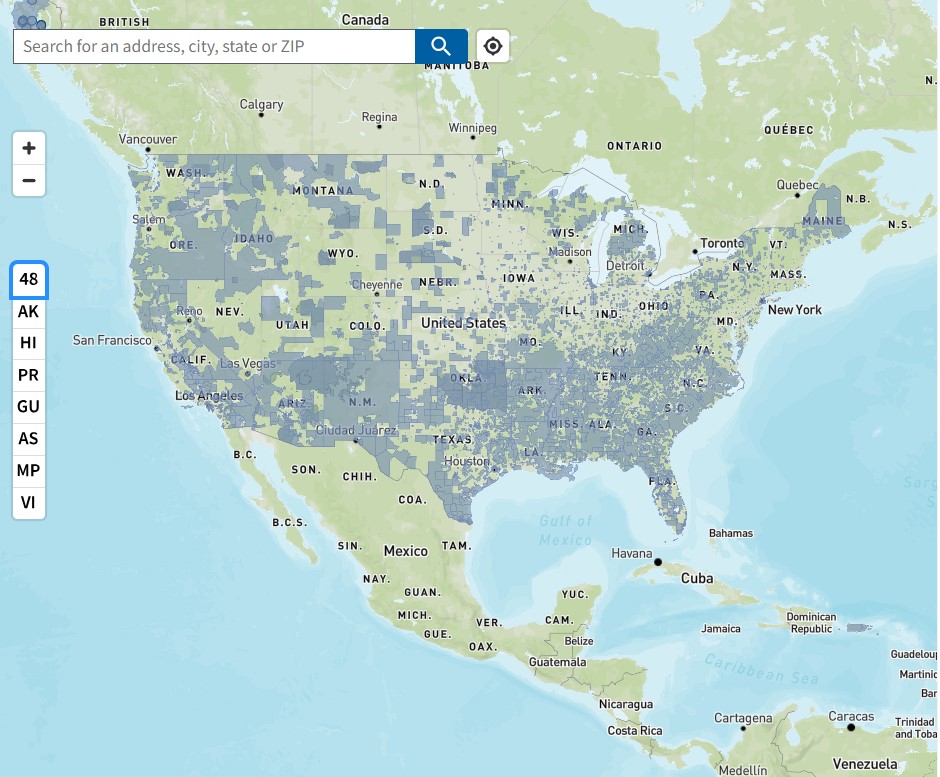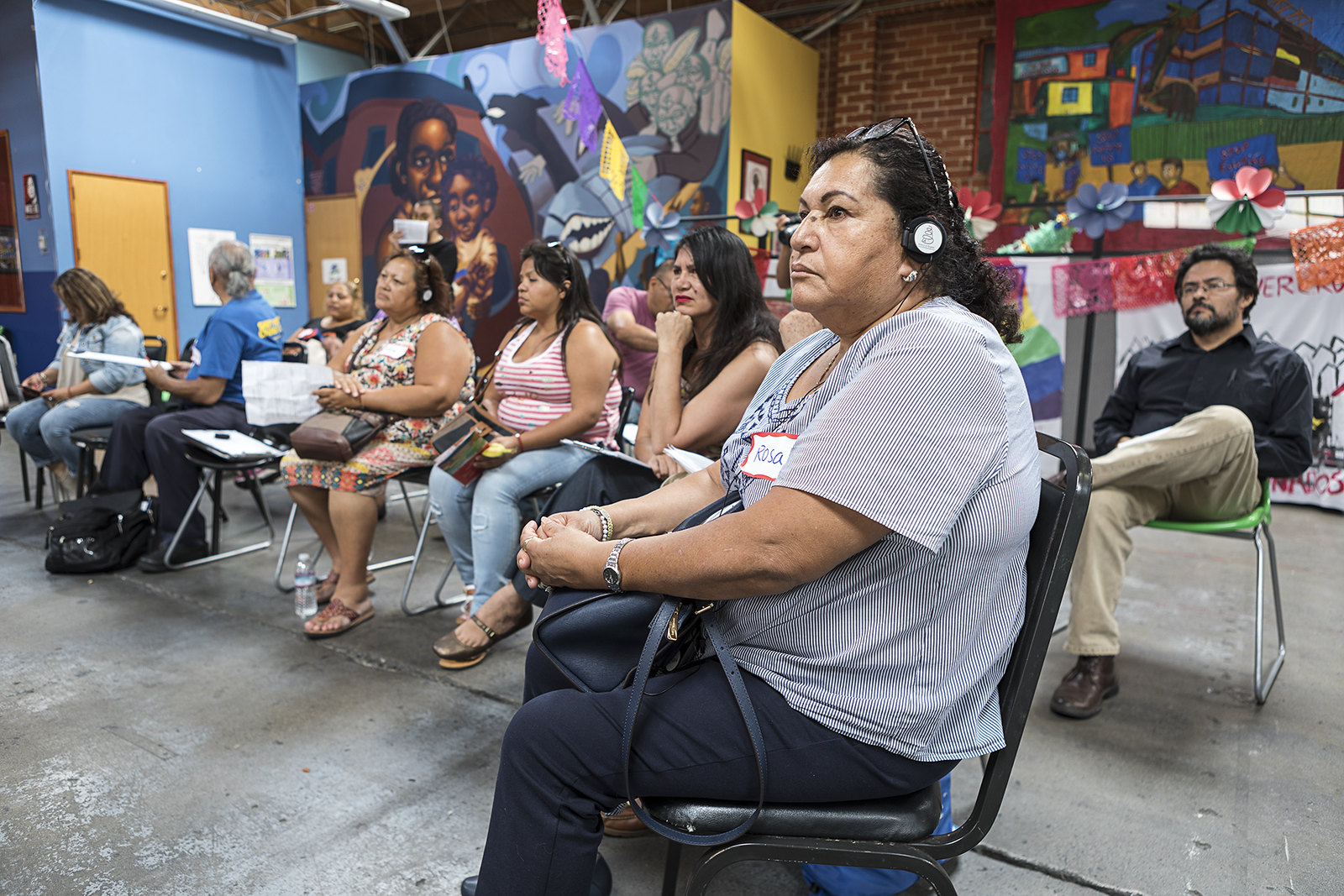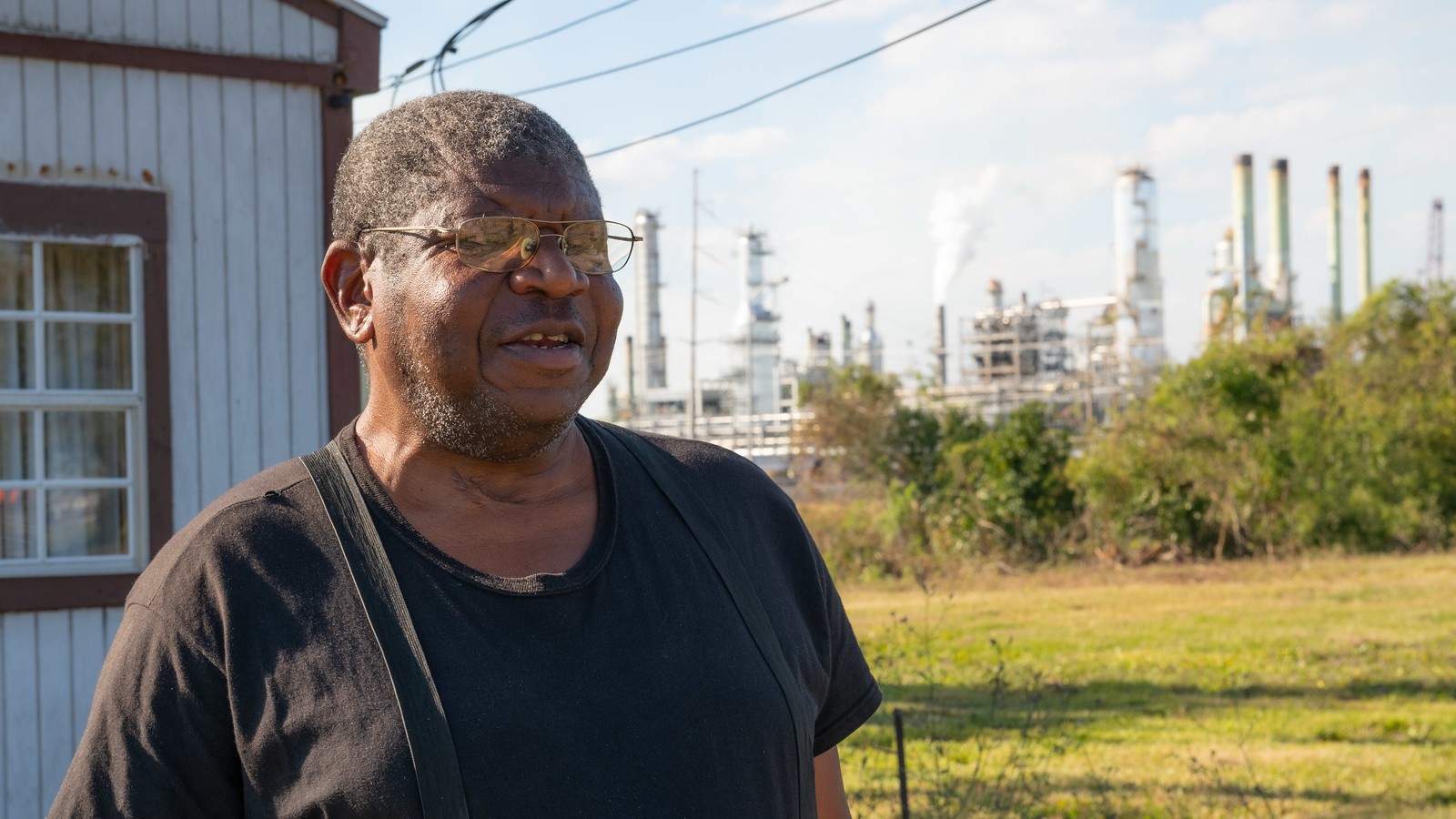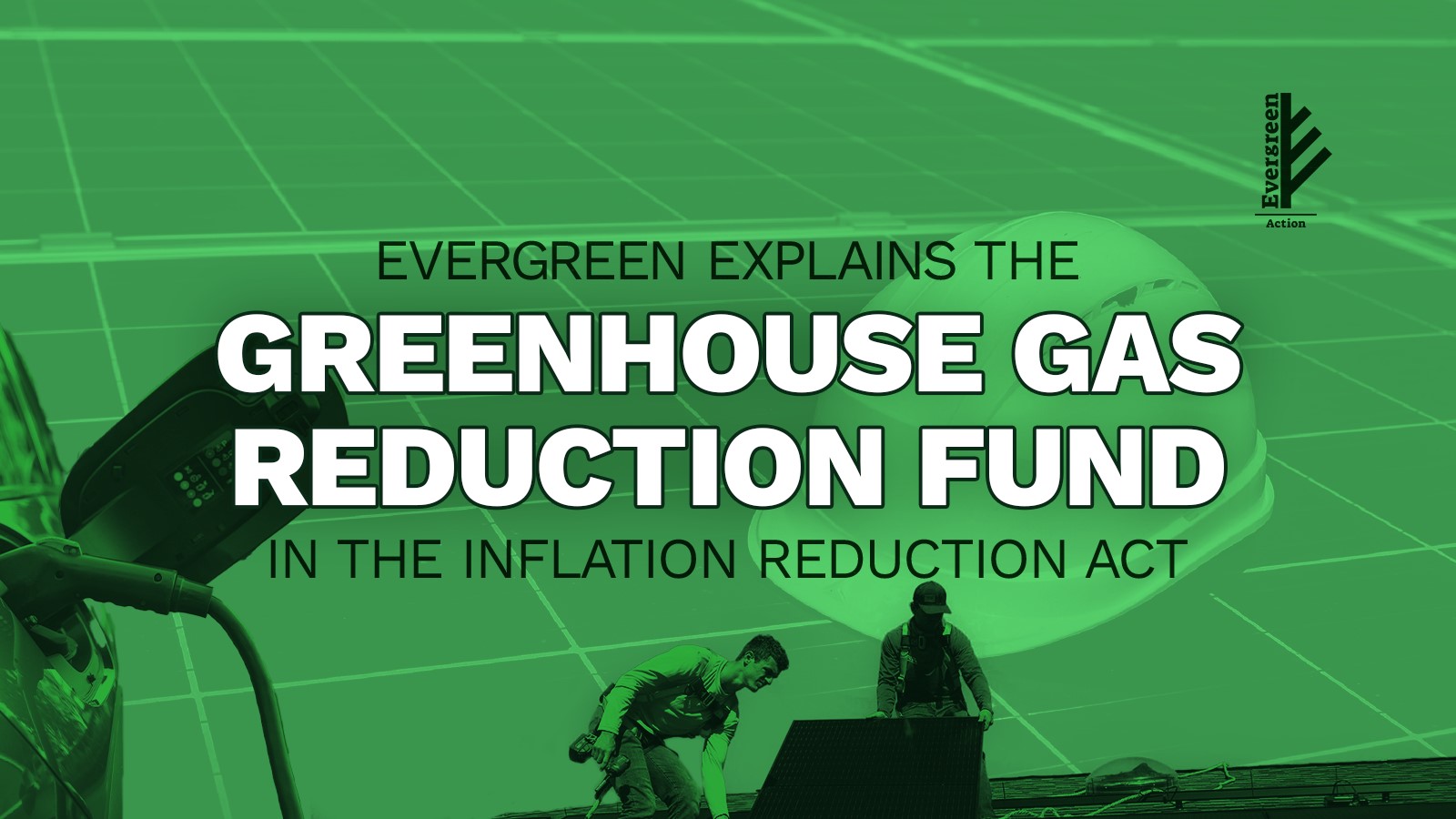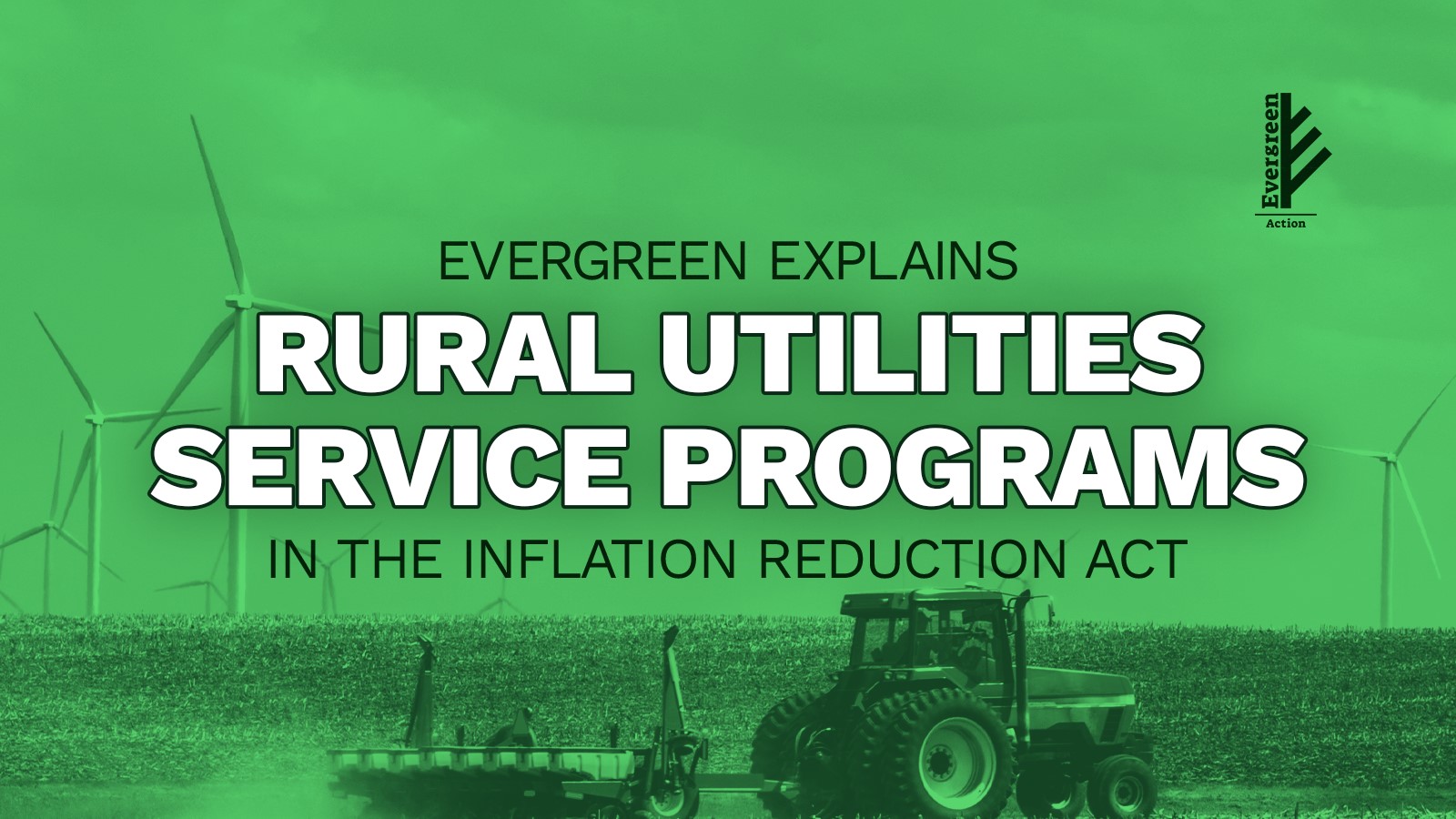One of the most exciting aspects of the ECJ program is its emphasis on funding for community-led planning and capacity building that informs neighborhood implementation. If successful, this approach will ensure that these investments don’t result in just one-off projects that are disconnected from community needs, and risk causing unintended consequences such as displacement due to higher prices and gentrification. ECJ presents an unprecedented opportunity for grassroots organizations and frontline communities across the country to develop a pipeline of projects and secure the funding, technical assistance, and partnerships necessary to truly transform their neighborhoods.
Those interested in applying for ECJ can look to California’s TCC grantees for inspiration and examples of the kinds of community planning, projects, and measurable outcomes they should consider when developing their application. We know this first hand. In 2017, Greenlining and community partners invited the City of Stockton to join them in applying for a TCC Planning Grant. One year later, the group was awarded $170,000 and used these funds to form an even broader coalition known as Rise Stockton that then engaged over 2,000 residents to develop a Sustainable Neighborhood Plan. Building on the success of the Planning Grant, Rise Stockton partnered with the City to apply for and ultimately receive a $10.8 million grant in 2020. Now these funds are being used to invest in a suite of projects including energy and water efficiency upgrades, solar power systems, locally grown food, active transportation infrastructure, and job training opportunities, all at no cost to the residents of Stockton, California. Today, the Rise Stockton Coalition continues to advance environmental justice through urban greening projects, and ECJ can support many other grassroots organizations along a similar journey.
How to apply for the ECJ program
There has already been one round of funding through the ECJ program, focused primarily on project planning and partnership development grants. ECJ funds will only be available until 2026, and some of the ECJ’s planning and partnership-focused grants include:
The first round of requests for applications is now closed for each of these programs. Even though applications are closed for now, EPA is expected to continue to make small and large grants available through these and the Change Grants to nonprofits over the next three years.
In order to prepare to apply for upcoming grant opportunities under the ECJ program, interested community-based nonprofits should explore these opportunities and create accounts on both SAM.gov and Grants.gov. The verification process to set up an account on either of these sites can take up to a month. For new applicants, it may be necessary to undergo a financial audit process, which could further delay the ability to apply. Interested applicants should begin the process early, so they can apply as soon as the next request for applications becomes available.
Other ways to start preparing for ECJ now
While no official date has been shared yet, the ECJ Change Grants Program Notice of Funding Opportunity (NOFO) is anticipated to be released by the end of this summer or early fall at the latest. The vast majority of the ECJ funding will go to these implementation grants. While it’s unclear exactly what will be required in the application guidelines, other similar federal programs such as the Environmental Justice Small Grants Program require applicants to develop a detailed work plan, indicating that applicants will need to be project-ready by the time they submit their application.
Project readiness will depend on the specific project, but may include things like community engagement to identify local climate priorities, and pre-development tasks such as architectural and engineering work, market assessments, and economic feasibility studies. In addition, governmental buy-in will be required for successful applications, organizations should proactively reach out to their local, state, and Tribal governments sooner rather than later so that when the application portal opens, they have a head start in preparing the information necessary to submit a successful application.
Toward reparative climate funding
The ECJ grants are part of a larger story in which the IRA’s best provisions, implemented well, can center public, democratic, and community power as we build our clean energy future. From EPA’s “green bank” programs providing broad funding access to the public, to USDA’s transformative funding for rural electricity coops, to the Treasury’s assurance that public entities can access IRA tax credits, there is a path for a more equitable future in which the public controls the levers of clean energy finance. The ECJ grants can be a lynchpin for success, as they center the very communities that can lead a deeply equitable transition.
